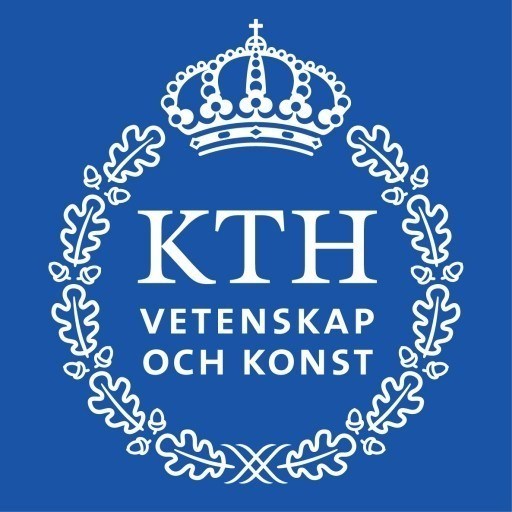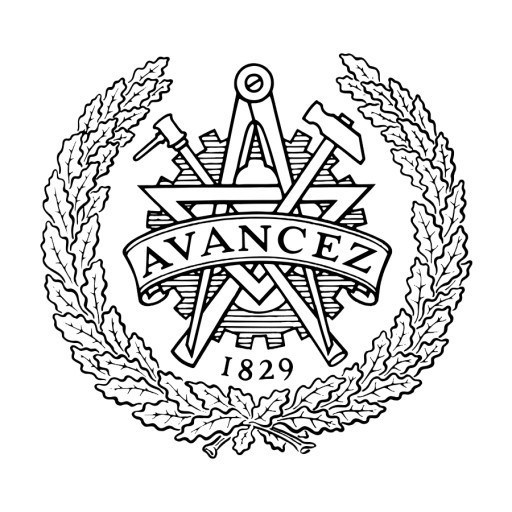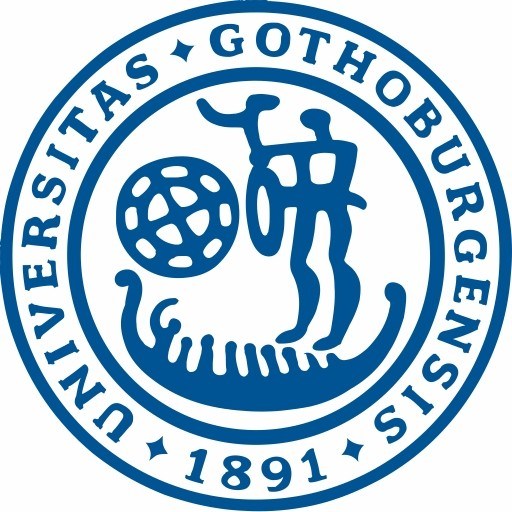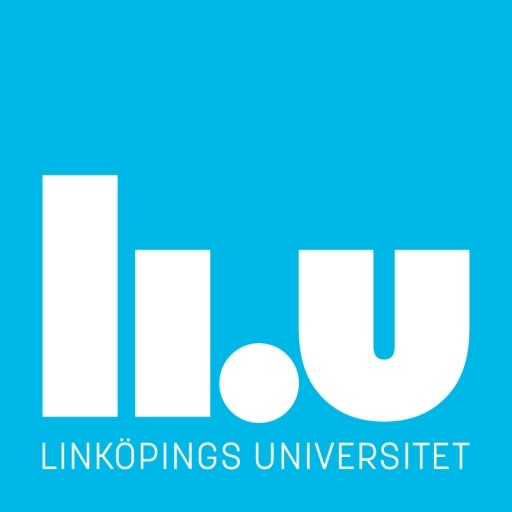Photos of university
The Master's Programme in Architectural Lighting Design at KTH Royal Institute of Technology offers students a comprehensive education in the art and science of illuminating architectural spaces. This innovative programme combines technical expertise, artistic sensibility, and sustainable design principles to prepare graduates for a dynamic career in lighting design and planning. Students will explore the interplay between light, space, and perception, gaining a deep understanding of how lighting affects human experience, aesthetics, and energy efficiency within various architectural contexts. The curriculum covers fundamental topics such as lighting technology, daylight utilization, energy-efficient design, color theory, and advanced lighting simulation techniques. In addition, students will develop skills in creating innovative lighting solutions that enhance architectural expression and functionality.
The programme emphasizes hands-on learning through laboratory work, project-based assignments, and collaborations with industry partners. Students have access to state-of-the-art facilities and software tools used for lighting design and visualization, enabling them to develop practical skills alongside theoretical knowledge. The interdisciplinary approach encourages collaboration with students from architecture, engineering, and design disciplines, fostering a holistic understanding of building integrated lighting solutions. Throughout their studies, students are encouraged to consider sustainability and energy efficiency as core aspects of their designs, aligning with global efforts to reduce environmental impact and promote eco-friendly architectural practices.
Graduates of the programme will be well-equipped to work in diverse roles such as lighting designers, urban lighting planners, interior architects, and consultants for architectural firms, lighting manufacturers, and city planning authorities. The programme also provides a strong foundation for those wishing to pursue research or further academic studies in the field of lighting and architectural design. With an international perspective and access to the vibrant Stockholm design and innovation community, students are prepared to influence lighting practices worldwide and contribute to creating more beautiful, functional, and sustainable built environments.
The Master's programme, one year, in Architectural Lighting Design consists of two semesters of course work, including thesis project work, 15 credits.
The year starts with compulsory core courses, which provide in-depth knowledge in areas of ‘Human lighting’. Continues with courses of ‘Light and space outdoor’, including both theory and practice work for full scale outdoor installations. ‘Light and theory’ will provide the fundamentals of lighting theory and the final course ‘Light and space indoor’ treats the complexity of Architectural lighting design.
Mandatory courses
- Degree Project in Architectural Lighting Design, Second Cycle 15.0 credits
- Light and Humans 9.0 credits
- Light and Space-Outdoor 12.0 credits
- Light and Space-Indoor 15.0 credits
- Light and Science 9.0 credits
Degree project and thesis
The programme is concluded with a thesis project, the focus of which may be chosen from a wide variety of topics within the Architectural Lighting Design field. Theoretical papers about light and health, light and time, urban lighting, perception and information, as well as practical projects with a theoretical frame in rural lighting and interactive lighting design are a few examples among the developed works.
Requirements
- A completed Bachelor's degree, corresponding to a Swedish Bachelor's degree (180 ECTS credits), or equivalent academic qualifications from an internationally recognised university.
- Students in their final year of undergraduate education may apply to KTH and, if qualified, receive conditional acceptance. If you have not yet completed your studies, please include a written statement issued by the degree awarding university. This statement must be certified and stamped by the Academic Registrar's Office, the Examinations Office or equivalent of the institution. Statements from other staff members, such as faculty members, will not be accepted.
- Students who are following longer technical programmes, and have completed courses equivalent to a Bachelor´s degree (180 ECTS credits), will be considered on a case-by-case basis.
- Cover sheet (generated from the web-based application). However, if you have a Swedish personal ID number or if you choose to upload your documents, the cover sheet is not required.
- Certificates and diplomas from previous education at an internationally recognised university.
- Transcripts of records (including course list). All courses taken and grades must be included. Sort them in reverse chronological order, i.e. put the last received document on top.
- Proof of English proficiency.
- A copy of your passport or some other document of identification. If you are from an EU/EEA country or Switzerland and are required to document your citizenship status in order to be considered exempt from paying application and tuition fees, your passport copy must be certified. If you are not a citizen of an EU/EEA country or Switzerland, certification of your passport copy is not required.
- Curriculum Vitae
- Letter of Motivation
- Certificate showing relevant work experience, if applicable
- 2 letters of recommendation
- IELTS A minimum overall mark of 6.5, with no section lower than 5.5 (only Academic Training accepted).
- TOEFL Paper-based test: total result of 575 (written test, minimum grade 4.5)
- TOEFL Internet-based test: total result of 90 (written test, minimum grade 20)
Scholarships
- KTH Scholarship
- KTH One-Year Scholarship
- Russian Presidency Scholarship for Abroad Studies
The Master’s Programme in Architectural Lighting Design at KTH Royal Institute of Technology is a specialized graduate program focused on the artistic and technical aspects of lighting within architectural environments. Designed for students with a background in architecture, engineering, design, or related fields, the program aims to develop skills in creating innovative lighting solutions that enhance the functionality, aesthetics, and sustainability of built spaces. The curriculum combines theoretical courses with practical projects, emphasizing the importance of understanding human perception, environmental impact, and energy efficiency in lighting design. Students explore various topics, including daylight integration, artificial lighting technologies, light planning, and the use of advanced computer-aided design (CAD) and simulation tools. The program also covers sustainable development principles, ensuring that graduates are equipped to contribute to environmentally conscious design practices.
Throughout the course, students engage in collaborative projects with industry partners, participate in workshops, and have opportunities for hands-on experience through laboratory work and site visits. The program is taught by faculty members who are experts in lighting technology, architectural design, and visual sciences. Students benefit from state-of-the-art facilities and laboratories that allow for experimentation with lighting prototypes and simulations. The program culminates in a thesis project where students demonstrate their ability to develop comprehensive lighting concepts tailored to specific architectural contexts. Graduates of the program are prepared for careers in architectural lighting consultancy, design studios, manufacturing, and research institutions. They play key roles in shaping lighting environments that promote well-being, sustainability, and innovative design solutions across various sectors, including commercial, residential, cultural, and public spaces. The program's international environment and close ties to industry ensure graduates are well-positioned for careers both within Sweden and globally.




